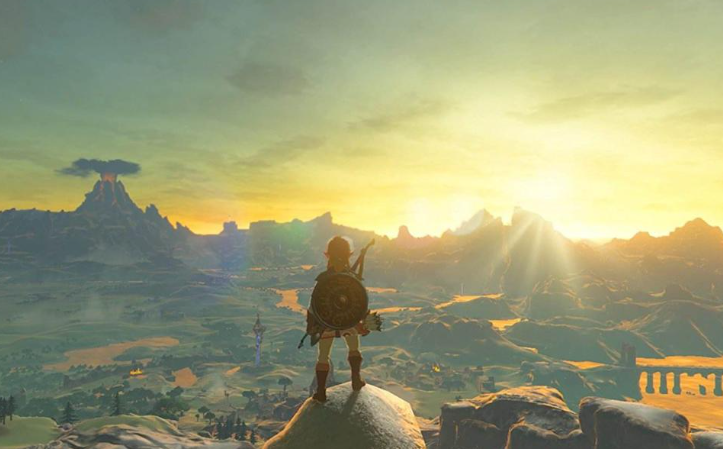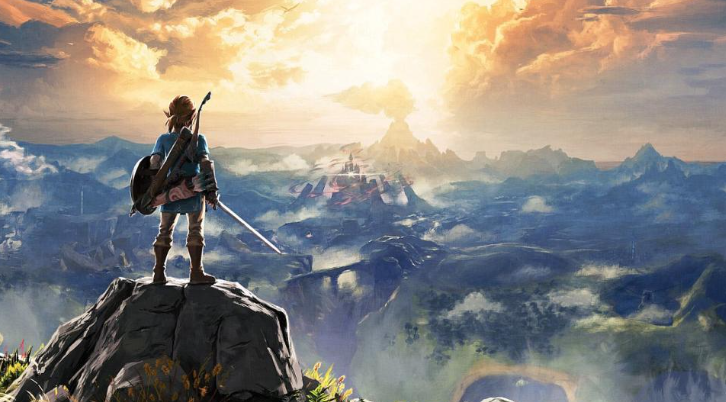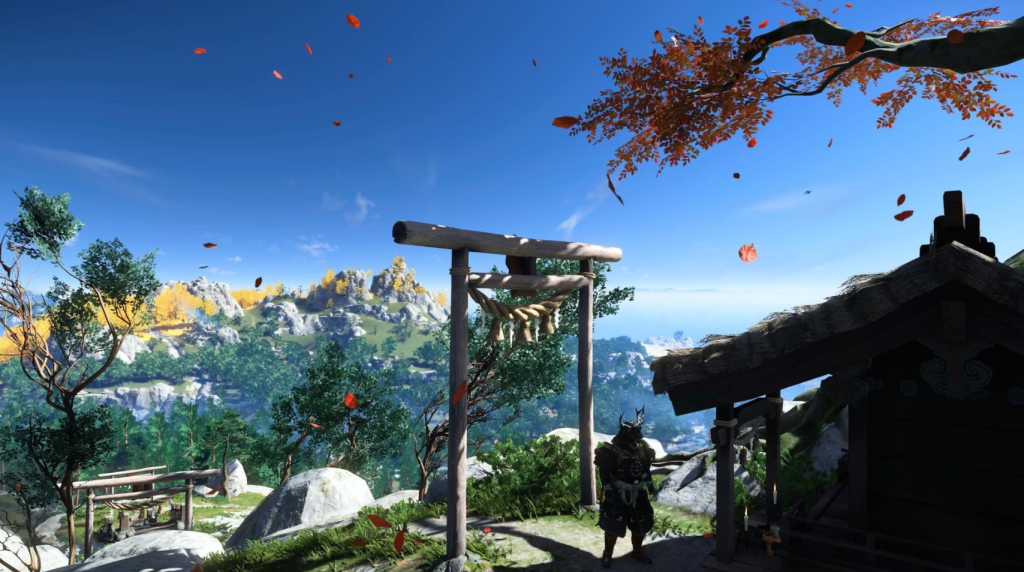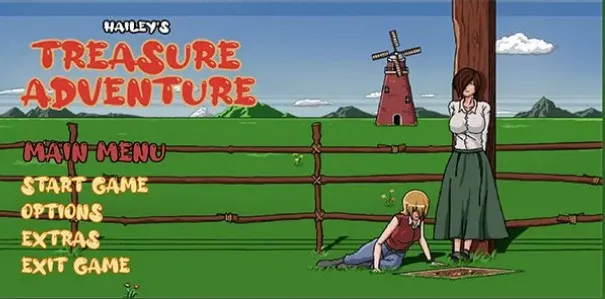"Soul of Tsushima" publicly criticized Nintendo! Says Breath of the Wild Process torture
In open world games, collectible design has always been a hot topic for players. Joe Morrissey, a senior designer who participated in the development of "Soul of Tsushima", proposed the eight golden guidelines for collectible design at the GDC conference: discovery, reward value, game mechanism, worldview fit, logical rationality, plot relevance, distribution regularity and quantity rationality, and bluntly stated that the design of Kroger fruit in "The Legend of Zelda: Breath of the Wild" has obvious flaws.

Morrissey pointed out that the discovery method, reward value and mechanism fun are the three core elements that drive players to explore. "When collectibles require a carpet-style search, this has deviated from the essence of exploration." He took "Breath of the Wild" as an example and pointed out that the 900 Krog fruits are not only distributed in a mess, but also lacking the appeal of the reward mechanism. "This design will only force players to review the strategies and completely lose the fun of independent exploration."

And at this year's game developer conference, Joe Mrrissey, a developer who participated in the development of "Talented Horse War Ghost" The eight elements when designing collectibles were proposed:
Discovery: How will players find these collectibles?
Collection value: Are the rewards received by players reasonable value?
Game mechanism: Is the mechanism design interesting?
Worldview: Is it deeply related to the game's world?
Rationality: Do these collectibles appear logically in the game world?
Plot link: Is it deeply connected to the plot?
Distribution design: Is it regular?
Quantity: Is it reasonable?
Style="text-align: center;">
This developer emphasized that excellent collections should be like the haiku card design in "The Soul of Tsushima" - through visual guidance (red maple leaves), prompting players to give unique appearance rewards, and deeply integrate with the worldview. In contrast, the Kroger fruit has neither exploration guidance nor the setting of only expanding the backpack after collection also lacks substantial value, which ultimately makes the player feel tired rather than accomplished.

Morrissey specifically criticized the cognitive misunderstandings in the industry: "Many producers believe that exploration is a reward itself, but players need clear motivation. When hundreds of collectibles are scattered in irregular positions and the reward is not proportional to investment, this design will become a burden to the open world." He suggested that collectibles become an organic part of driving players to explore the world through environmental narratives, puzzle mechanisms, etc.








